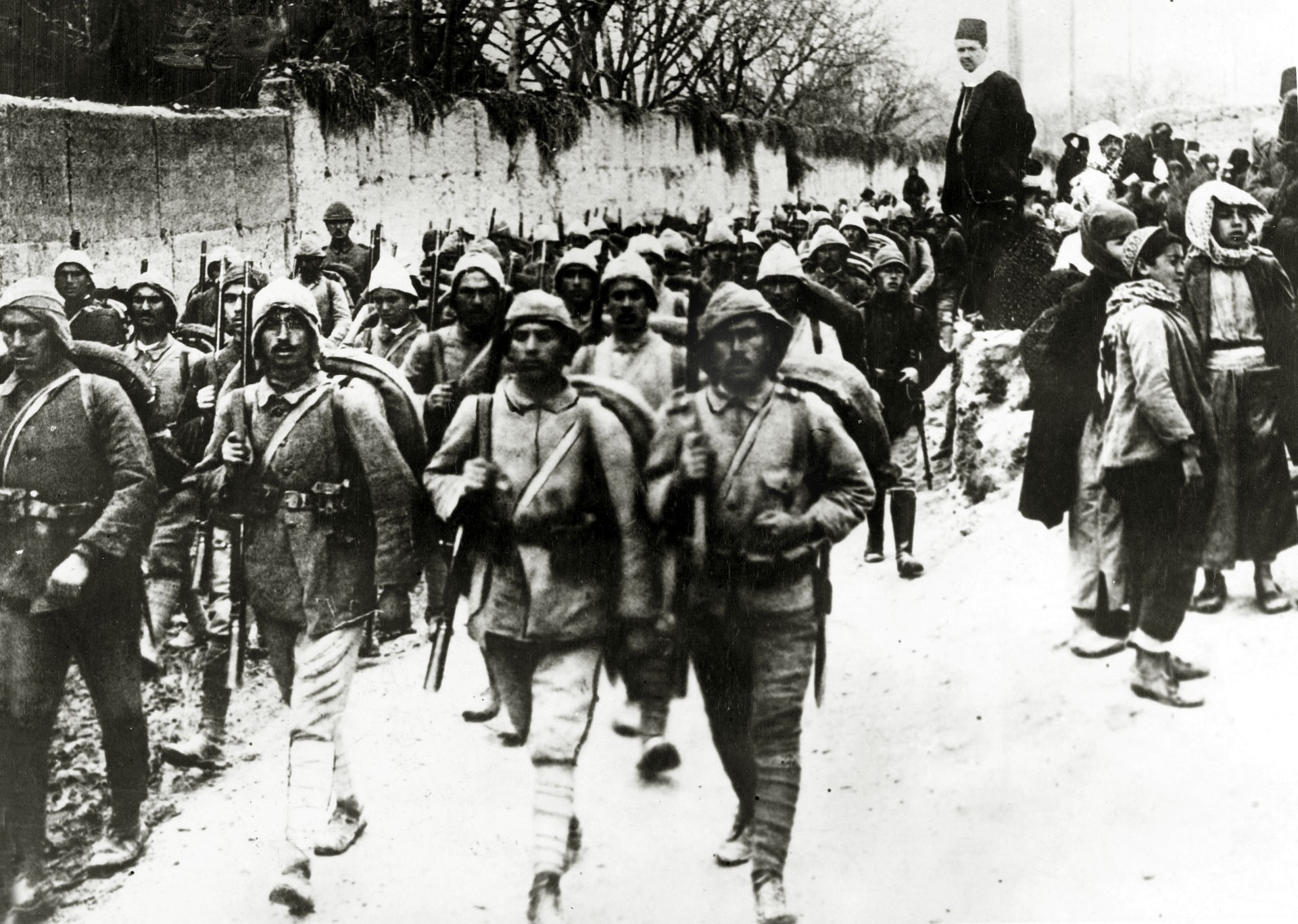
Every nation has moments in its history that define its identity, but few are as dramatic and world-shaping as the Victory Day of Türkiye on Aug. 30. This day marks a turning point, not just for Türkiye but for the entire region.
In the face of seemingly insurmountable odds, Mustafa Kemal Ataturk, the founder of modern Türkiye and its first president, led a war-torn country to a victory that would shock the world and lay the foundations for the modern Republic of Türkiye.
At the dawn of the 1920s, Türkiye was a country in ruins, ravaged by years of war and occupation. The Allied Forces, confident in their military superiority, sought to enforce the humiliating Treaty of Sevres, carving up the remains of the Ottoman Empire and leaving Türkiye as little more than a vassal state.
The Greek army, backed by the might of the Allies, advanced deep into Anatolia, aiming to crush the nationalist movement and secure their hold over Turkish lands.
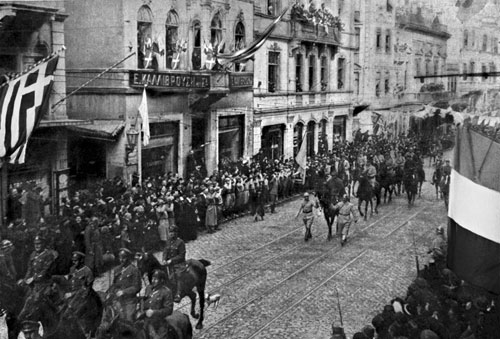
Yet, as the world watched, something extraordinary happened. Against a backdrop of despair and disillusionment, Ataturk's military strategy rallied his people, orchestrating one of the most remarkable military turnarounds in history.
He transformed a demoralized and fragmented force into a cohesive and determined army, capable of repelling a far superior enemy. Through a combination of ingenious strategy, meticulous logistics, and unwavering national spirit, Türkiye achieved the impossible.
Victory Day of Türkiye celebrates the day the nation managed to win a war that many considered insurmountable. What made this victory so improbable? And what were the strategies and logistical maneuvers that turned the tide in Türkiye’s favor?
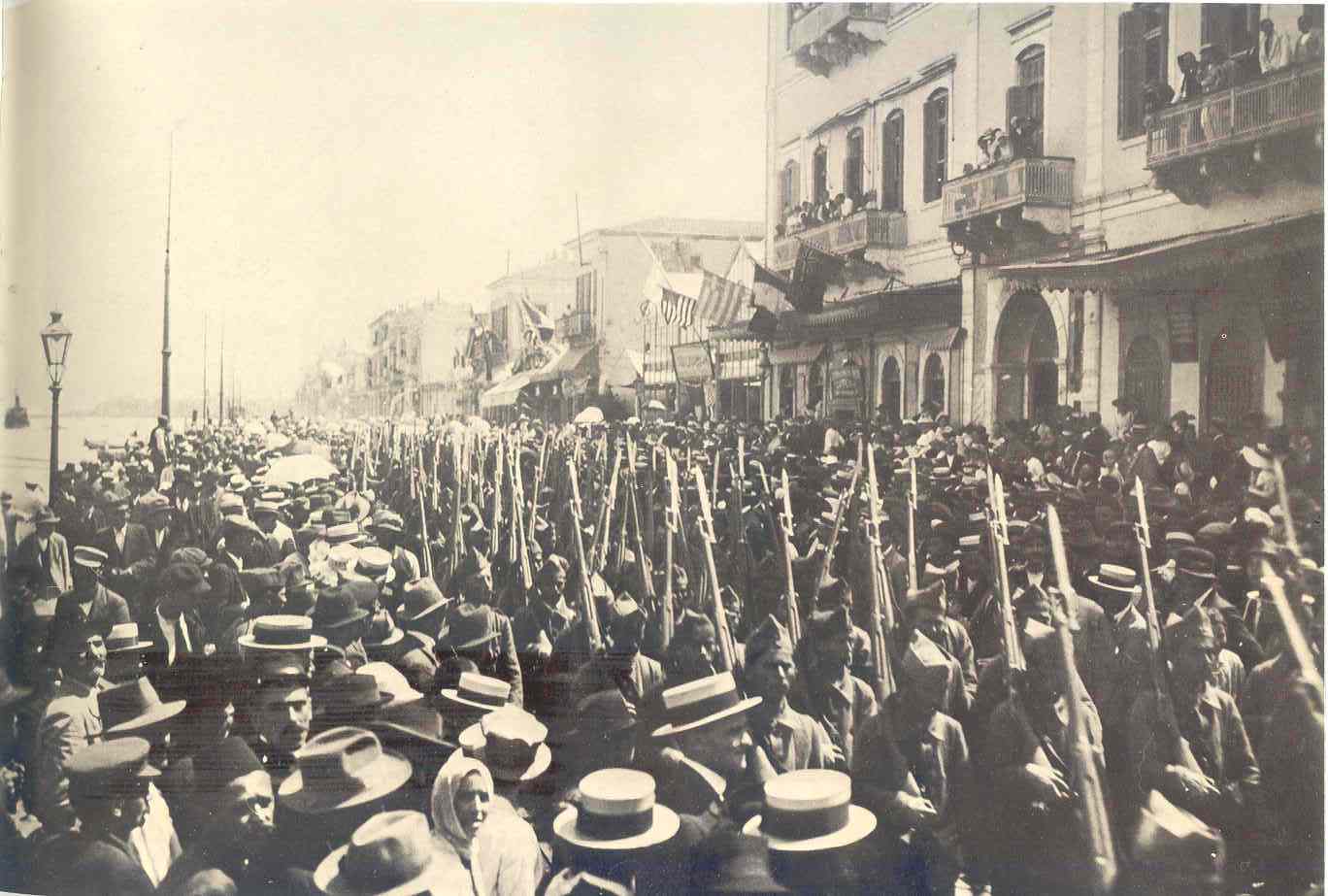
The years between 1917 and 1921 were tumultuous and pivotal for Türkiye. The Ottoman Empire, once a vast and powerful entity, was crumbling under the weight of its defeats in World War I. By 1918, the Empire had lost nearly all its territories, and its capital, Istanbul, was under occupation by the Allied forces.
The signing of the Armistice of Mudros on Oct. 30, 1918, marked the official end of Ottoman participation in the war, but it also paved the way for further disintegration. The Allied powers, particularly Britain, France, and Italy, along with Greece, sought to divide the remaining Ottoman lands among themselves.
In May 1919, Greek forces landed in Izmir with the backing of the Allies, triggering widespread anger and resistance across Anatolia. This invasion was seen by many Turks as a direct assault on their homeland and a continuation of the foreign occupation that had already gripped Istanbul and other key regions. It was under these dire circumstances that Mustafa Kemal Ataturk emerged as a national leader, determined to defend the sovereignty of Turkish lands.
Ataturk's journey began on 19 May 1919, when he landed in Samsun, a date now commemorated as the start of the Turkish War of Independence. Recognizing the urgency of the situation, he quickly organized resistance efforts, holding congresses in Erzurum and Sivas to unify the various nationalist groups under a single banner. These congresses were instrumental in forming the basis of the national movement, which sought to reclaim and defend the integrity of Turkish territories.
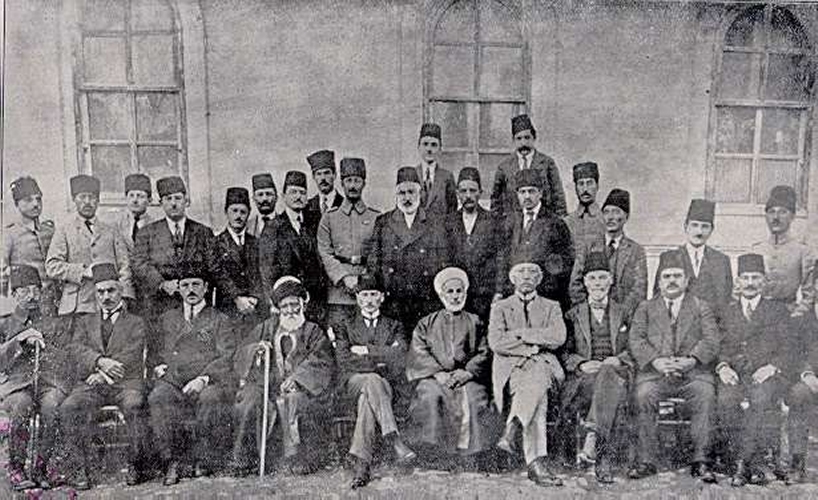
At this time, Türkiye faced a dire situation. The Allies had seized strategic locations, such as the Turkish Straits, and the Treaty of Sevres, signed in August 1920, threatened to further divide the remaining Ottoman territories.
The treaty was a humiliating blow, as it proposed the creation of independent states for Armenians and Kurds within what was left of Ottoman lands, effectively dismembering the empire. Türkiye was on the brink of losing its independence entirely.
However, Ataturk's military strategy and his ability to inspire a fractured and demoralized population into action proved decisive. He refused to accept the Treaty of Sevres and instead focused on building a new, modern army capable of defending the nation's sovereignty.
By the end of 1921, Türkiye had successfully repelled Armenian forces in the east and was making significant gains against French forces in the south. The stage was set for the final confrontation with Greece, which would ultimately lead to the victories commemorated on Victory Day of Türkiye.
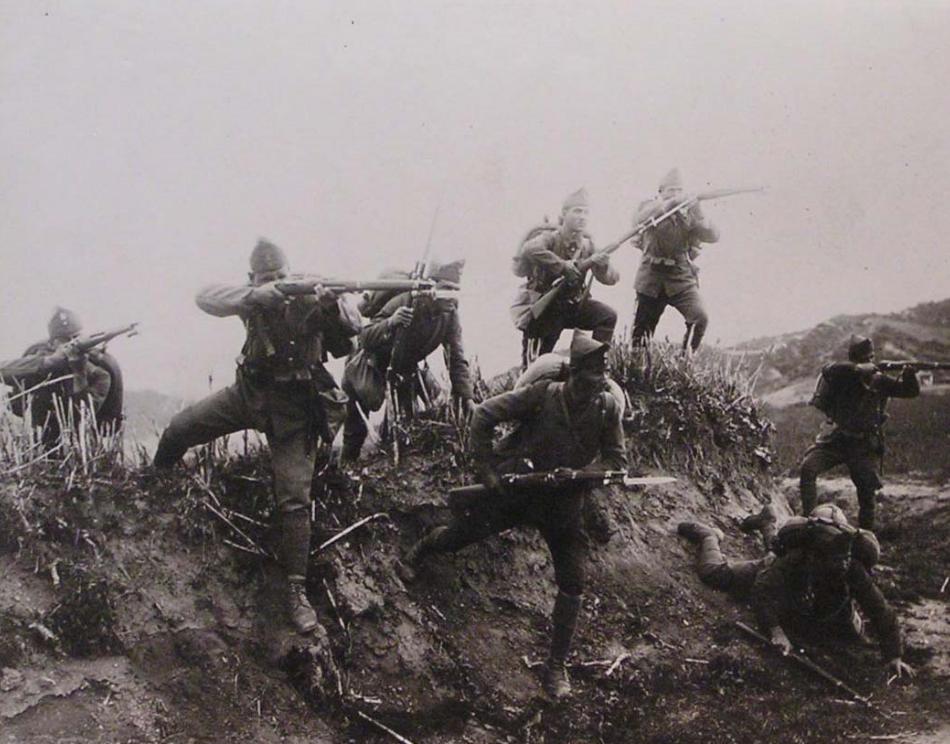
The Greek military, emboldened by the backing of Britain and France, launched an offensive into Anatolia to seize control of the region. Their forces, well-equipped and numerically superior, advanced quickly, capturing key cities and pushing deep into Turkish territory. By 1921, the Greek army had reached the Sakarya River, threatening the nationalist capital in Ankara.
For many observers, the situation appeared hopeless. Türkiye’s military was in disarray, its economy in shambles, and its population war-weary after years of conflict. The odds were heavily stacked against the Turkish nationalist movement, and the prospect of a successful resistance seemed remote. The Allies believed that Ataturk's military strategy would be unable to mount a serious challenge to the Greek advance.
However, the Greeks underestimated Ataturk’s resolve and the determination of the Turkish people. Despite the overwhelming odds, Ataturk recognized that Türkiye’s survival hinged on its ability to resist and repel the invaders. He understood that this was not merely a military conflict, but a struggle for national existence. The stakes could not have been higher, and failure was not an option.
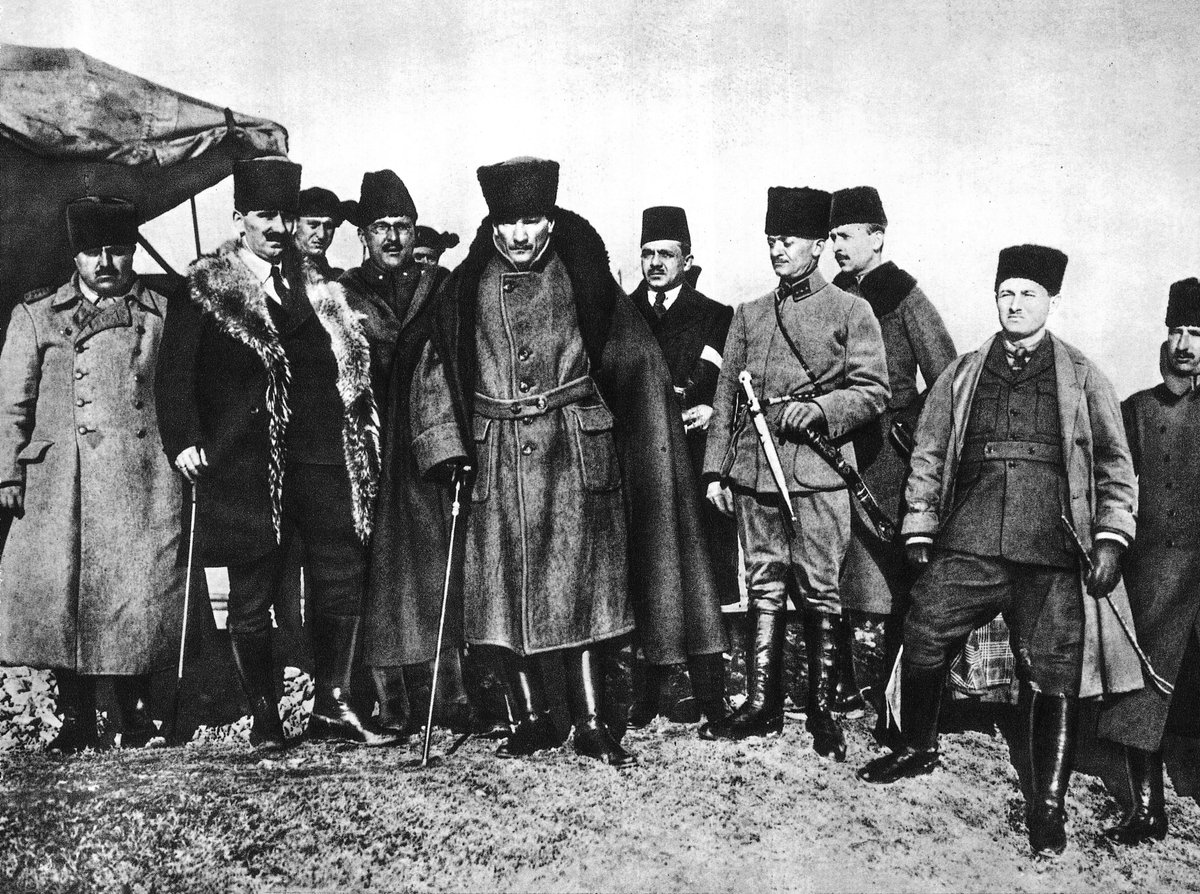
Ataturk’s military strategy during the Turkish War of Independence was marked by strategic brilliance and a deep understanding of both military tactics and the psychological aspects of warfare. He knew that the Greek army, though superior in numbers and equipment, was overextended and vulnerable to a well-coordinated counteroffensive. His plan involved luring the Greek forces into a trap, forcing them to advance into difficult terrain where their logistical lines would be stretched thin.
The Battle of Sakarya, fought between August and September 1921, became the turning point in the Turkish War of Independence. Ataturk implemented a defensive strategy, ordering his troops to retreat strategically while inflicting maximum damage on the advancing Greek forces.
This tactic involved strategic withdrawals and avoiding engagement in unfavorable conditions, rather than the widespread destruction typically associated with a "scorched earth" policy. The focus was on weakening the enemy by stretching their supply lines and making it difficult for them to sustain their advance.
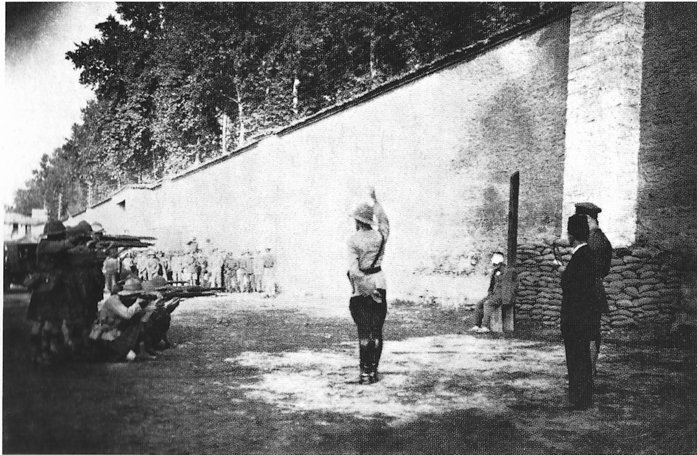
The Greek forces, believing they were on the brink of victory, continued their advance, but the deeper they pushed, the more tenuous their situation became. Ataturk exploited their overconfidence, launching a surprise counterattack at the right moment. The Turkish forces, though outnumbered, fought with tenacity and determination, turning the tide of the battle and forcing the Greeks into a full retreat.
Ataturk’s military strategy extended beyond the battlefield. He understood the importance of morale and used propaganda effectively to rally the Turkish people and maintain their support for the war effort. By framing the conflict as a fight for national survival, he galvanized the population, fostering a sense of unity and purpose that transcended regional and ethnic divisions. This was crucial in sustaining the war effort and ensuring that the Turkish forces remained motivated and resolute despite the hardships they faced.

Ataturk's military brilliance would have been ineffective without the meticulous logistical planning that supported Türkiye's military operations during the Turkish War of Independence. Recognizing the crucial importance of supply lines and resource management, Atatürk and his commanders ensured that their forces were adequately supplied and capable of sustained combat.
One of the key challenges facing the Turkish forces was the lack of resources. The country was impoverished, and the war effort placed a tremendous strain on its already depleted economy. Ataturk addressed this issue by mobilizing the entire nation’s resources for the war effort.
He established supply depots across Anatolia, stockpiling weapons, ammunition, and food supplies. Local communities were encouraged to contribute whatever they could, from livestock to labor, to support the military. The Tekalif-i Milliye orders (National orders /National fiscal liabilities) played a crucial role in this national mobilization, ensuring that the army had the necessary supplies to continue fighting.
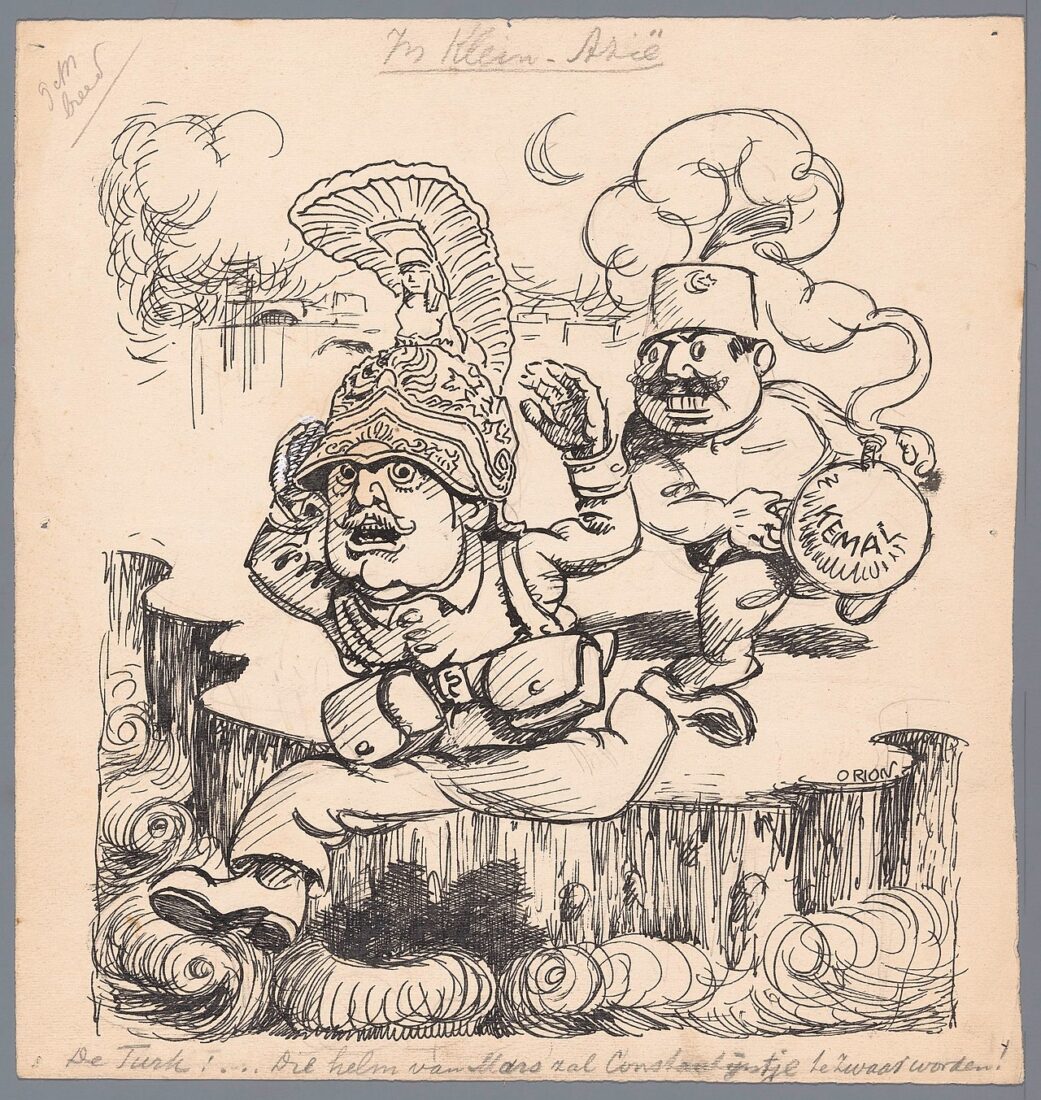
Ataturk also prioritized the development of a reliable transportation network to facilitate the movement of troops and supplies. Railways and roads were repaired and expanded, and new routes were established to connect remote regions with the front lines. This ensured that the Turkish forces could respond quickly to changes in the battlefield and maintain their operational flexibility.
Moreover, Ataturk’s attention to detail extended to the training and organization of his troops. He emphasized discipline and cohesion, recognizing that a well-organized and motivated army could overcome the disadvantages of inferior numbers and equipment. His efforts to improve the morale and effectiveness of the Turkish forces paid off during the critical phases of the conflict, particularly in the decisive battles of 1922.
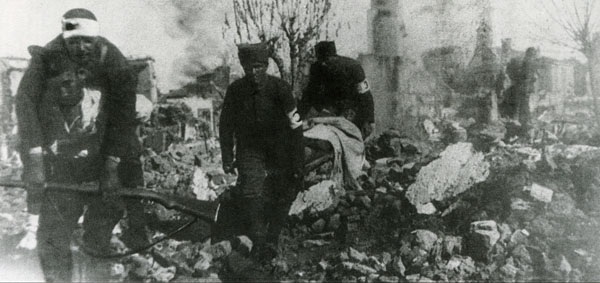
After months of preparation and consolidation, Ataturk launched the Great Offensive on Aug. 26, 1922, aimed at decisively defeating the Greek forces and ending the occupation of Turkish lands.
The offensive was meticulously planned, with Turkish forces launching a coordinated assault across multiple fronts. The operation’s success hinged on the element of surprise, speed, and the ability to outmaneuver the Greek army.
The Turkish forces, now well-organized and battle-hardened, executed the plan with precision. Within days, they broke through the Greek lines, forcing a chaotic retreat. The Greek army, demoralized and disorganized, was unable to mount an effective resistance.
By Aug. 30, the Battle of Dumlupinar had sealed their fate, with the remnants of the Greek forces fleeing toward the coast. This battle marked the final and most decisive blow to the Greek occupation, leading to the collapse of the Greek front in Anatolia.
Turkish forces' military strategy emphasized the importance of pressing the advantage and pursuing the retreating Greek forces. He ordered his troops to advance rapidly, recapturing key cities and pushing the Greeks out of Anatolia entirely.
The speed and decisiveness of this campaign left the Greek government with no choice but to seek an armistice, which solidified Türkiye's sovereignty and marked the beginning of a new era under Ataturk's leadership.
The victory on 30 August 1922, commemorated annually as Victory Day of Türkiye, was more than a military triumph; it was a pivotal moment that shaped the future of an emerging nation.
Ataturk's strategic brilliance and relentless pursuit of national sovereignty culminated not only in the defeat of occupying forces but also in the establishment of the Republic of Türkiye. This victory directly led to the signing of the Treaty of Lausanne, which internationally recognized Türkiye's independence and territorial integrity.